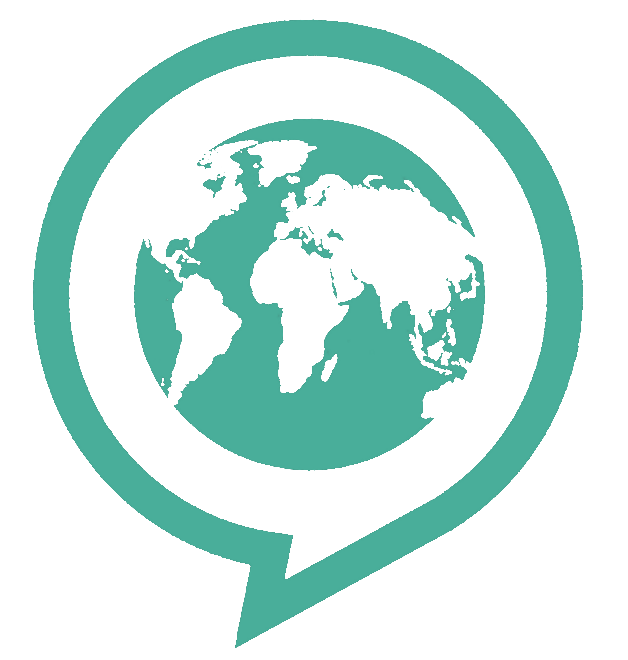Are Glasses the New TOMS Shoes?
By Lauren Bishop There has been a lot written about the TOMS Shoes buy-one-give-one (BOGO) model and its shortcomings, but what about other companies that boast BOGO? Take Warby-Parker, for example, the purveyor of hip eyeglasses that advertises “Buy a Pair, Give a Pair” at the top of their website. Must we now criticize Warby-Parker for their poor aid practices, too?
Despite their tagline, what the company actually does is donate money and glasses to partner organizations like the non-profit VisionSpring, which turns around and sells those glasses to people living on less than $4 dollars a day in Bangladesh, India, El Salvador, and South Africa.
VisionSpring does this by training their workers in basic business skills and eye exams, then sending them out into their communities to conduct free vision screenings and sell the glasses donated by Warby Parker. According to VisionSpring, it costs a rural customer between $6 and $11 to visit a doctor, purchase glasses, and pay for transportation, while VisionSpring customers get free exams in their own villages and can buy a pair of glasses for $2 - $4.
Both TOMS Shoes and VisionSpring take on the effects of poverty by distributing goods in low income countries. But VisionSpring also gives people jobs and an opportunity to improve their lot in a way which seeks to address the causes of poverty. As we’ve discussed before, TOMS can actually hurt local businesses that produce or sell shoes by flooding the market with free footwear.
Unlike rampant shoelessness, widespread lack of eye care is actually a major problem in the developing world. A study (pdf) in Sub-Saharan Africa found that over 80 percent of people between the ages of 5 and 93 who need glasses have never had an eye examination. An impact assessment (pdf) conducted by VisionSpring and the University of Michigan found that reading glasses improved wearers’ productivity and income. In general, having glasses allows adults to continue working despite deteriorating sight and helps vision impaired children succeed in school.
Shoes, on the other hand, are available even in the poorest corners of the world. In fact, many TOMS pictures and videos show children removing their own shoes to try on a TOMS pair. Giving away free shoes where footwear is sold locally may or may not improve school attendance, as TOMS claims it does, but it’s certainly not supporting independent business owners.
TOMS Shoes |
Warby-Parker |
|
|---|---|---|
Step 1 |
||
Step 2 |
||
Step 3 |
||
Step 4 |
VisionSpring works to alleviate poverty by providing necessary employment. TOMS works to alleviate poverty by providing unnecessary shoes.
--
Lauren Bishop is Online Projects Assistant at DRI and an NYU MA student in International Relations.










